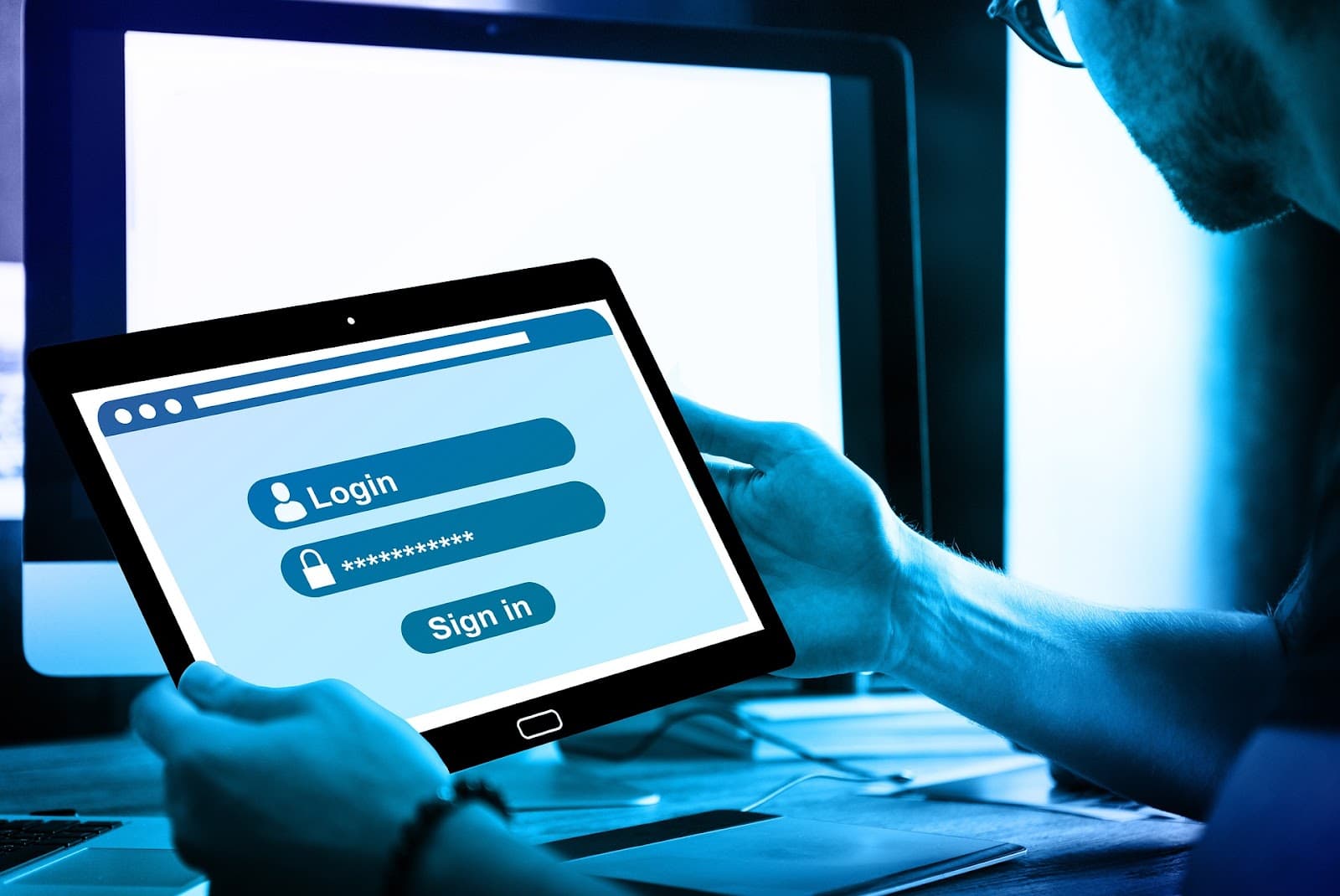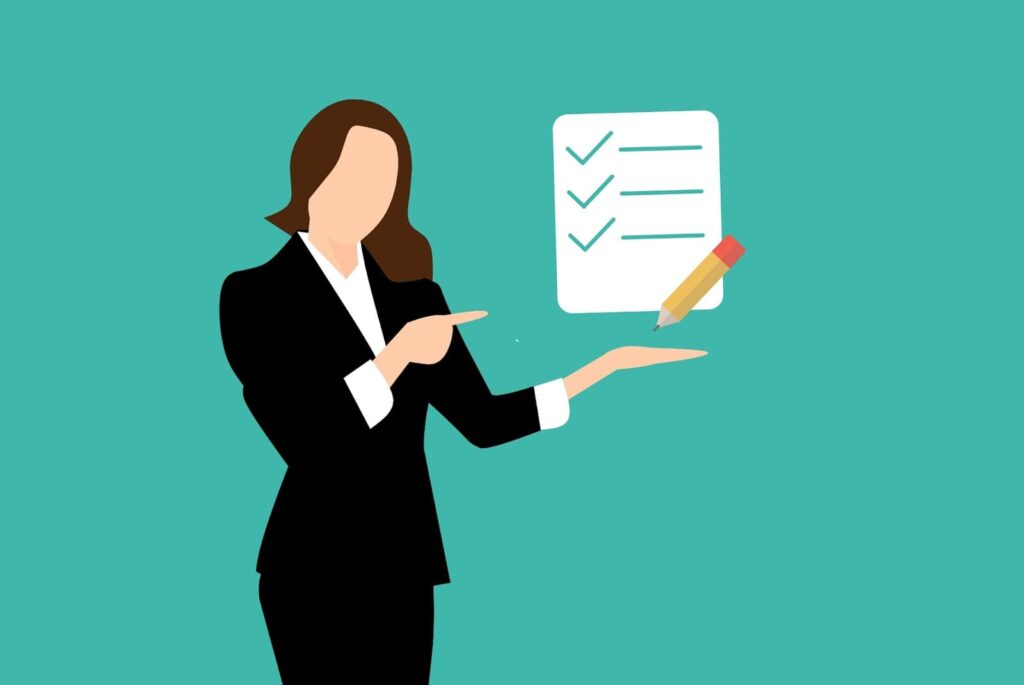
Simple Steps to Secure Your WordPress Site: An Essential Guide
Data breaches are on a record-setting rise each year. But is there anything that a website owner can do to prevent this? Absolutely! It’s essential not to wait for disaster to strike — you can take simple steps today to fortify your WordPress website.
To help you navigate this process, we’ve compiled an easy-to-follow WordPress security checklist outlining measures to safeguard your data. This list comprises both basic and advanced suggestions, along with plugin recommendations suitable for users of varying expertise levels. Even implementing a few of these measures from the checklist can greatly enhance your website’s protection.
Potential WordPress Threats
As WordPress is a free, open-source CMS, it’s inevitably subjected to potential risks. While it’s impossible to shield your website from every threat, you can certainly take steps to mitigate the risks.
Google blacklists thousands of websites daily due to phishing and malware concerns. Even if you have no intention of distributing harmful software, your site can still be blacklisted. This might occur if Google suspects your website is being used as a conduit for malware dissemination.
Your site’s pages could be hacked and programmed to download malware automatically, often without your awareness. A prime example of such malware is the pharma hack, an SEO spam attack that exploited legitimate websites to peddle illegal drugs. This malware injected malicious code into outdated versions of WordPress websites and plugins, posing significant issues for website owners.
Security Assessment
Now that you’re aware of some WordPress vulnerabilities that could jeopardize your website, it’s time for a security assessment. Do you believe your WordPress site is adequately secure? The simplest way to determine this is by employing a free or paid WordPress plugin that scans your website for potential vulnerabilities. Some of the most recommended tools currently include:
- SiteCheck promptly indicates if your site is blacklisted, infected with malware, or requires updating.
- Hacker Target excels at identifying vulnerable plugins and themes. This plugin will also alert you if you’re using an outdated WordPress or PHP version, or if your web server configuration needs an update.
- For a more comprehensive scan, consider using Detectify, an enterprise-grade service that examines over 500 vulnerabilities, including those specific to WordPress.
Another way to find out how secure your website is at the moment is to seek assistance from a respectable web development consulting company. They will perform an in-depth security audit of your site and suggest essential steps to prevent it from being exploited by hackers.
Before reaching out to professionals for help with patching your security holes, however, you can take some basic steps to make your site much less susceptible to cyber threats. Let’s discuss these next.
WordPress Security Guidelines

☐ Opt for Secure WP Hosting
Trustworthy hosting providers use contemporary, updated hardware or cloud systems that enhance your website’s speed. They also provide protection against various types of attacks, and some even offer free site repair services if an attack takes place.
☐ Use the Most Recent PHP Version
Using outdated software is never advisable. Despite the challenges WordPress may present with updates, it’s crucial to stay current for the sake of security.
☐ Always Update to the Latest WordPress Version
The importance of using the most recent WordPress version cannot be overstated. A quick search on a site like CVE Details (https://www.cvedetails.com/vulnerability-list/vendor_id-2337/product_id-4096/Wordpress-Wordpress.html) for WordPress will reveal a multitude of potential security risks. Although this may seem daunting initially, you’ll soon notice that most vulnerabilities are addressed promptly in new WordPress versions. Since most threats listed don’t have known solutions, the only real fix is to keep your WordPress version updated.
☐ Keep Your Plugins and Themes Updated
Despite the potential for incompatibility issues, staying updated is critical for security. The risk of losing all your data due to a security breach far outweighs the inconvenience of a plugin not working after an update.
You can opt for auto-updates, but a more controlled approach is to clone your website to a staging or development environment, run updates there, and then ensure everything is functioning correctly before updating. Always back up your website before making any changes.
☐ Regularly Change Your Passwords
Did you know that common passwords like 12345 or ‘password’ can be cracked in less than a second? Regardless of how complex your current WordPress password may be, it’s good practice to change it periodically.
☐ Conceal Your WP Version and Other Confidential Website Information
The less information people have about your WordPress site setup, the better. If you’re comfortable editing your functions.php file, you can conceal details like your WP version. Alternatively, a plugin like WP Hardening can do this for you.
☐ Conceal WP Admin
You can also hide the default admin login for your site. Adding “/wp-admin” to your URL is a known way for hackers to access your login page. Make it more difficult for them by changing this URL to something unique using a plugin like WPS Hide Login (https://wordpress.org/plugins/wps-hide-login/).
☐ Restrict Login Attempts
Limiting login attempts is a simple but effective means of safeguarding your website against brute-force login attempts. Any reputable security plugin will include this feature, along with two-step authentication, unauthorized login monitoring, and IP address blocking capabilities.
☐ Implement Basic HTTP Authentication on Your Website
HTTP authentication can provide extra security by requiring a username and password before the login page is even displayed. This may not be suitable for online stores or membership sites, but it’s a valuable addition for sites with limited registered users. It’s also commonly used to protect staging and development websites.
☐ Install an SSL Certificate and Enable HTTPS
While quality SSL certificates come at a cost, it’s better to have at least a free one than none at all. If you’re an advanced WordPress user looking to further enhance security, you can update your wp-config file by adding the following line:
define(‘FORCE_SSL_ADMIN’, true);
☐ Safeguard Your WordPress API
WordPress comes equipped with an excellent REST API, which can be viewed as a double-edged sword. On one hand, it enables developers to craft numerous integrations with external resources. However, there’s also the risk of data exposure via the API. Here are some measures you can take to ensure safe use of WP API:
- Always engage a secure, encrypted connection (HTTPS)
- Limit your entities’ access to only necessary parts of the application
- Employ security plugins such as Disable WP REST API plugin (https://wordpress.org/plugins/disable-wp-rest-api/)
- Maintain your API in a stateless condition
- Encrypt the passwords in your WordPress database
Upcoming Steps

Typically, these are the initial actions a WordPress user can undertake to shield their website from attacks and bots. If you’re not confident with editing and shifting things yourself, there are sophisticated security plugins for WordPress that can handle everything for you. If you intend to fortify your WordPress security further, consider these additional suggestions:
☐ Refresh your WordPress Security Keys
☐ Deactivate XML-RPC
☐ Inspect your core files and server permissions
☐ Employ the most recent HTTP security headers
☐ Boost the security of your WordPress database
☐ Establish distinct user roles
☐ Prohibit file editing in WP admin
☐ Block hotlinking
☐ Relocate your wp-config.php file
☐ Use SFTP and SSH
☐ Ward off DDoS attacks
☐ Modify WordPress Database Prefix
☐ Implement two-factor authentication
Final Words
Securing your WordPress website encompasses a wide array of strategies, from choosing a secure hosting provider and upgrading to the latest PHP version to hiding your WP version and implementing two-factor authentication.
Regularly updating your WordPress version, plugins, and themes is critical, as is establishing periodic password changes. Additionally, concealing your WP admin and restricting login attempts can significantly bolster your site’s security.
Incorporating HTTP authentication and SSL certificates adds another layer of protection. Safeguarding your WordPress API is also crucial, as is taking the time to strengthen your WordPress security further with steps such as refreshing your Security Keys and inspecting your core files.
Remember, the goal is to keep your site as secure as possible from potential attacks and breaches, ensuring the safety of your data and your users.